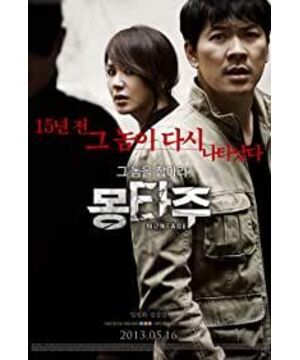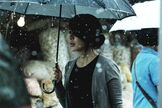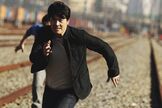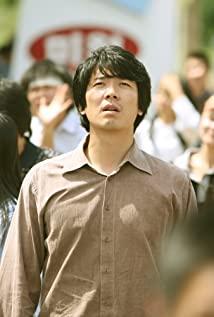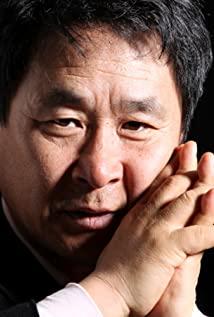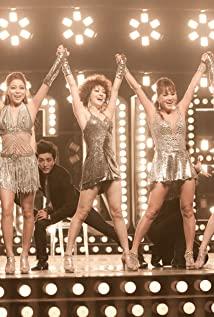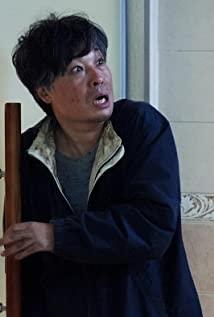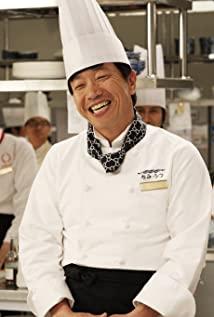The director gave the film a very large reversal and before-and-after contrast, as well as a huge sense of contrast. The first is the mutual correspondence between the name and the content of the plot. The two cases in the plot are constantly intertwined. The almost identical case director uses a montage technique to reproduce the appearance of the two cases through flashbacks and interludes. It came out, which echoes the film technique of the title montage very well. Secondly, after being wronged by the heroine fifteen years ago, the real murderer is the fake murderer in today's case. When he was caught, he was wronged. When he couldn't be caught, he was the culprit. This kind of contrast between the front and back echoes can be said to be very advanced. Look at the heroine from the first victim to the perpetrator, and the real murderer fifteen years ago to the innocent person who was wronged. Irony. At the end of the story, after everyone thought that the old man was wronged, the story took a sharp turn. Although it was not the real murderer of the case, it was the real murderer that he had been pursuing 15 years ago. At the end, the mother and the child are embracing each other and crying. That is the heroine's most dreamed plot. Unfortunately, the damage in the past fifteen years has dealt a huge blow to the mother, and the revenge has also fulfilled the enemy's family, which is amazing. The film relies on such constantly changing character settings, reversing plots, and excellent structural design, making the film extremely precise in terms of plot.
View more about Montage reviews


